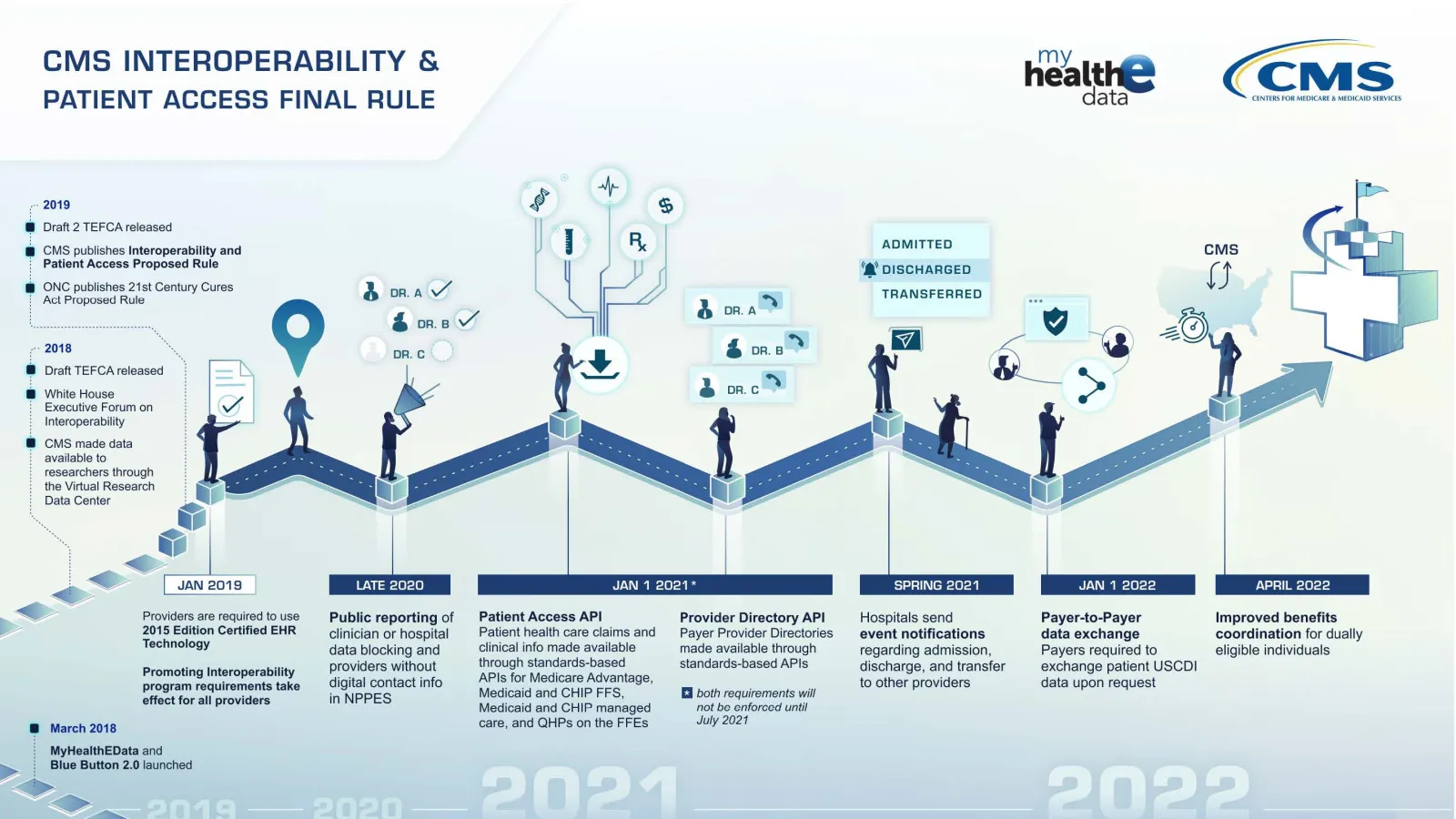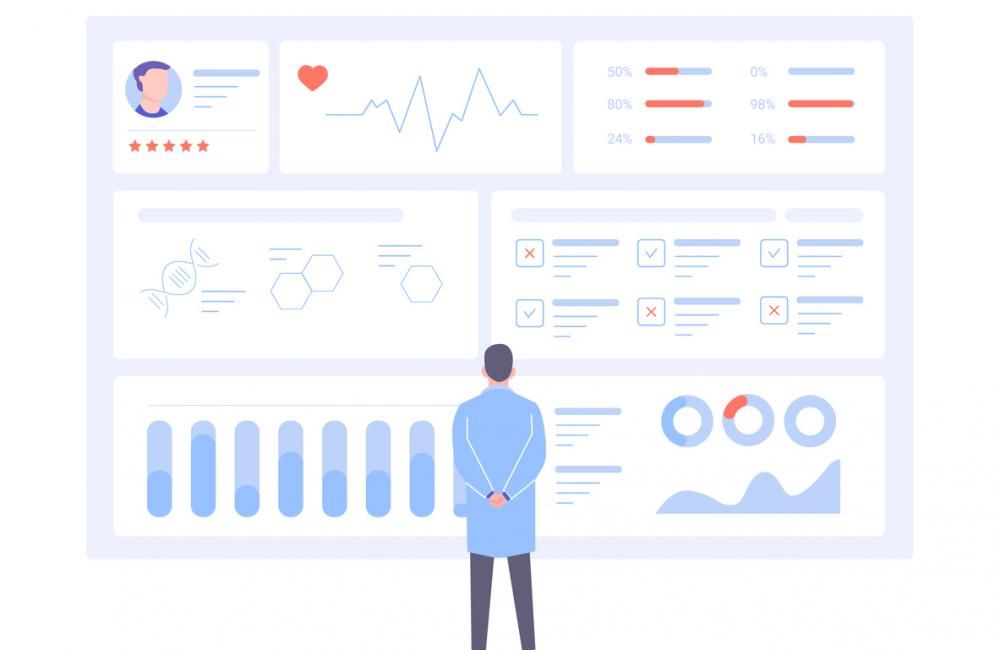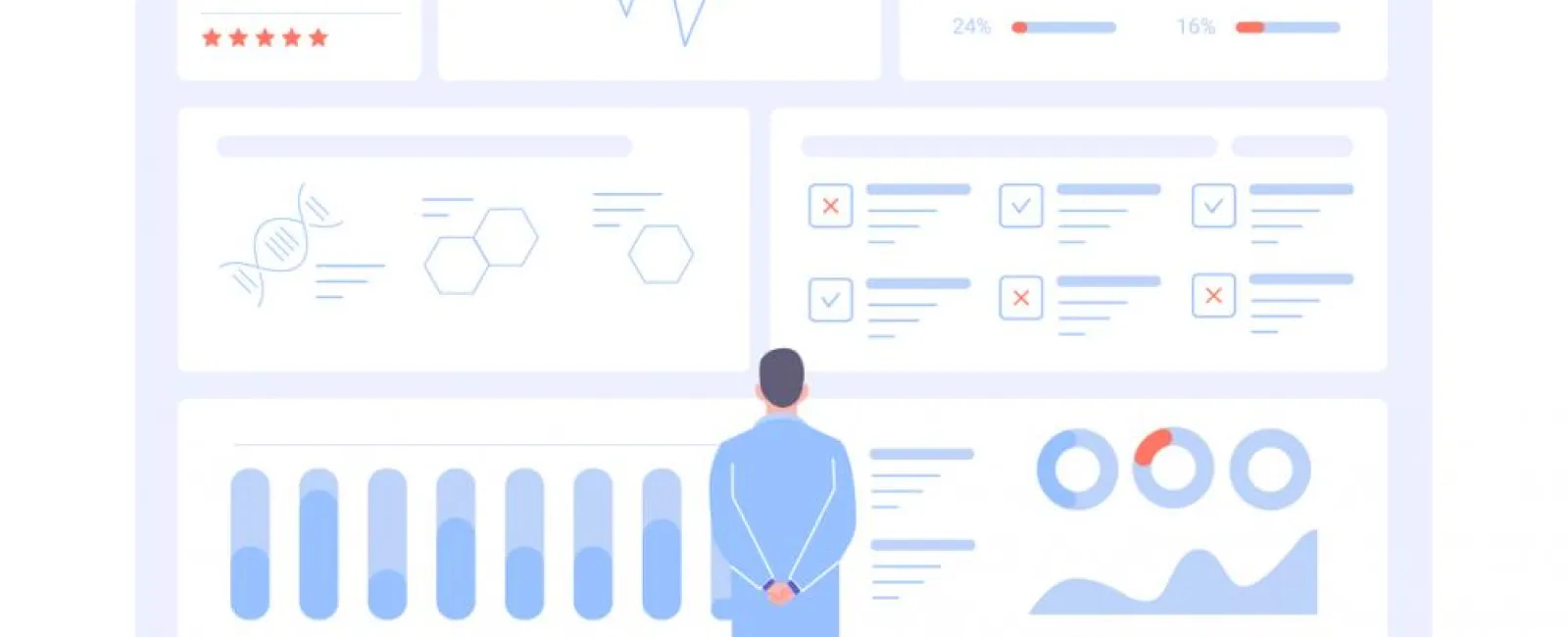While the Centers for Medicare and Medicaid Services (CMS) Interoperability and Patient Access final rule primarily impacts CMS regulated payers, healthcare organizations including medical practices and healthcare providers should understand important elements such as information blocking and making sure their information is up to date on the National Plan and Provider Enumeration System (NPPES).
What exactly is the CMS Interoperability and Patient Access final rule?
According to CMS, the goal of the Interoperability and Patient Access final rule is to put policies in place that eliminate the barriers that prevent patients from having access to their health information, improve interoperability and enable innovation, all while reducing the burden on providers and payers. CMS believes the final rule supports seamless and secure access, exchange, and use of electronic health information (ePHI).

What does this mean for medical practices and healthcare providers?
CMS published Frequently Asked Questions (FAQs) to clarify the public and regulated payers regarding existing requirements under the Interoperability and Patient Access final rule. There are certain requirements for impacted payers to build application programming interfaces (APIs) and conduct payer-to-payer exchanges (for certain impacted payers). Furthermore, there are requirements for certain providers to include digital contact information in NPPES and transmit Admission, Discharge, and Transfer Notifications.

According to CMS, the information there are certain requirements for impacted payers to build application programming interfaces (APIs), and (for certain impacted payers) to conduct payer-to-payer exchanges; and there are requirements for certain providers, to include digital contact information in NPPES and transmit Admission, Discharge and Transfer Notifications. Here is a summary of CMS responses that are applicable to medical practices and healthcare providers:
- A list of providers who do not have digital contact information will be available on data.cms.gov.
- Digital contact information for multiple providers is something CMS is developing as part of an enhancement to NPPES. The enhancement will allow for easier bulk updating of digital contact information in NPPES. This enhancement should allow for only the digital contact information to be updated without impacting the rest of the provider's record.
- Provider Type 1, or individual providers, as well as providers employed by Provider Type 2 healthcare organizations should enter digital contact information in NPPES. The types of providers and clinicians who should add and make sure their digital contact information is accurate in NPPES include:
- Physicians (including doctors of medicine, osteopathy, dental surgery, dental medicine, podiatric medicine, and optometry)
- Osteopathic practitioners
- Chiropractors
- Physician assistants
- Nurse practitioners
- Clinical nurse specialists
- Physical therapists
- Occupational therapists
- Clinical psychologists
- Pharmacists
- Qualified speech-language pathologists
- Qualified audiologists
- HCP Tip: We also recommend making sure providers' and clinicians' taxonomy information is accurate in NPPES.
CMS expects healthcare providers and plans to implement open data sharing technologies to support transitions of care. Providers and hospitals that participate in information blocking, practices that unreasonably limit the availability, disclosure, and use of information that undermine efforts to improve interoperability will be publicly reported.
The Interoperability and Patient Access Final Rule implemented the information blocking provisions of the 21st Century Cures Act, including identifying reasonable and necessary activities that do not constitute information blocking as of April 5th, 2021. Beginning October 6, 2022, there are additional compliance considerations for healthcare providers. For more information regarding these requirements and a comprehensive overview of information blocking, read more about "The Information Blocking Rule 2022: What Healthcare Providers Must Know."

